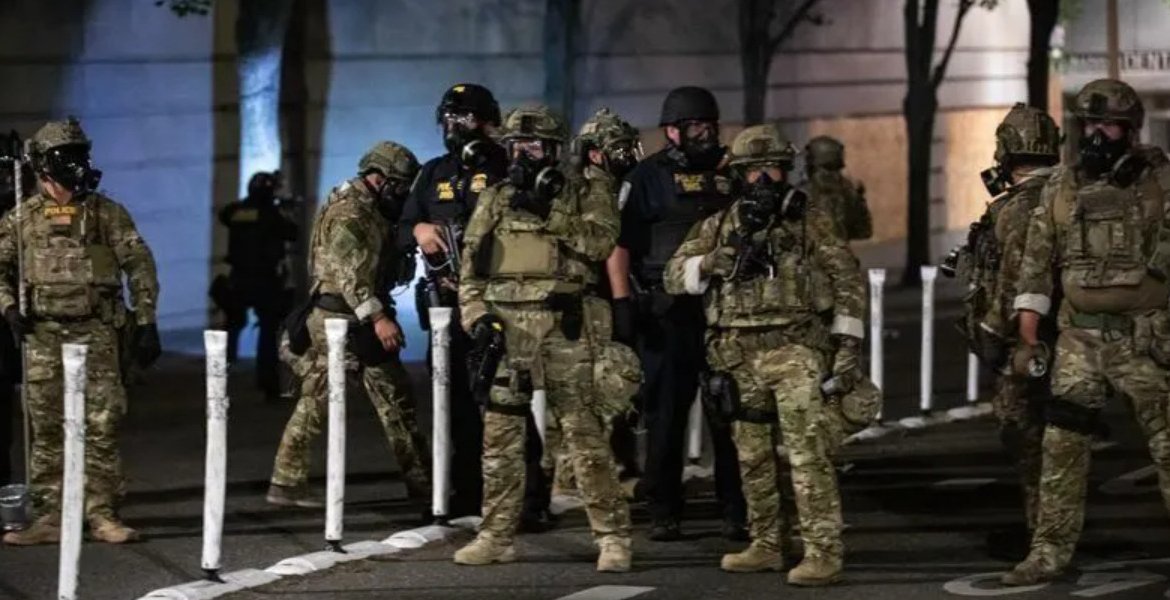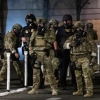Trump Authorizes 200 National Guard Troops in Oregon for Immigration Enforcement, Leaders Say

The federal government has ordered 200 members of the Oregon National Guard to operate under Washington’s control, directing them to support immigration enforcement personnel and protect federal facilities.
The directive was outlined in a memorandum reportedly issued by the Department of Defense and shared with Oregon officials on Sunday. While the document does not mention Portland by name, President Donald Trump referred to the city in a recent social media post as “war ravaged” and under threat from “domestic terrorists.”
Governor Tina Kotek has strongly opposed the deployment, stating that Oregon “is our home, not a military target.” She reportedly raised her concerns directly with the president during a phone call. Attorney General Dan Rayfield has announced plans to challenge the order in court, arguing that the president is exceeding his constitutional authority.
“What we’re seeing is not about public safety,” Rayfield said. “It’s about the president flexing political muscle under the guise of law and order.”
The memo has drawn comparisons to last year’s National Guard deployment to Los Angeles, which followed large-scale protests against immigration enforcement. That operation involved approximately 700 Marines.
A separate deployment in Washington, D.C., included over 1,000 National Guard troops. In contrast, the Oregon mobilisation is smaller and does not currently involve active-duty military personnel.
The White House has not issued a formal statement, and the Pentagon has not confirmed the authenticity of the memo. The lack of official communication has raised concerns among state officials and civil liberties groups about transparency and the potential impact on federal-state relations.
President Trump has said the deployment followed a request from Homeland Security Secretary Kristi Noem, though details about the coordination remain unclear. His authorisation of “full force, if necessary” has drawn further scrutiny, with critics questioning whether the response is proportionate.
This action reflects a broader trend in the administration’s domestic security strategy, where federal intervention is presented as a response to threats against immigration infrastructure and public safety. Although similar deployments have been suggested in cities such as Chicago, no others have yet been carried out.








Add new comment